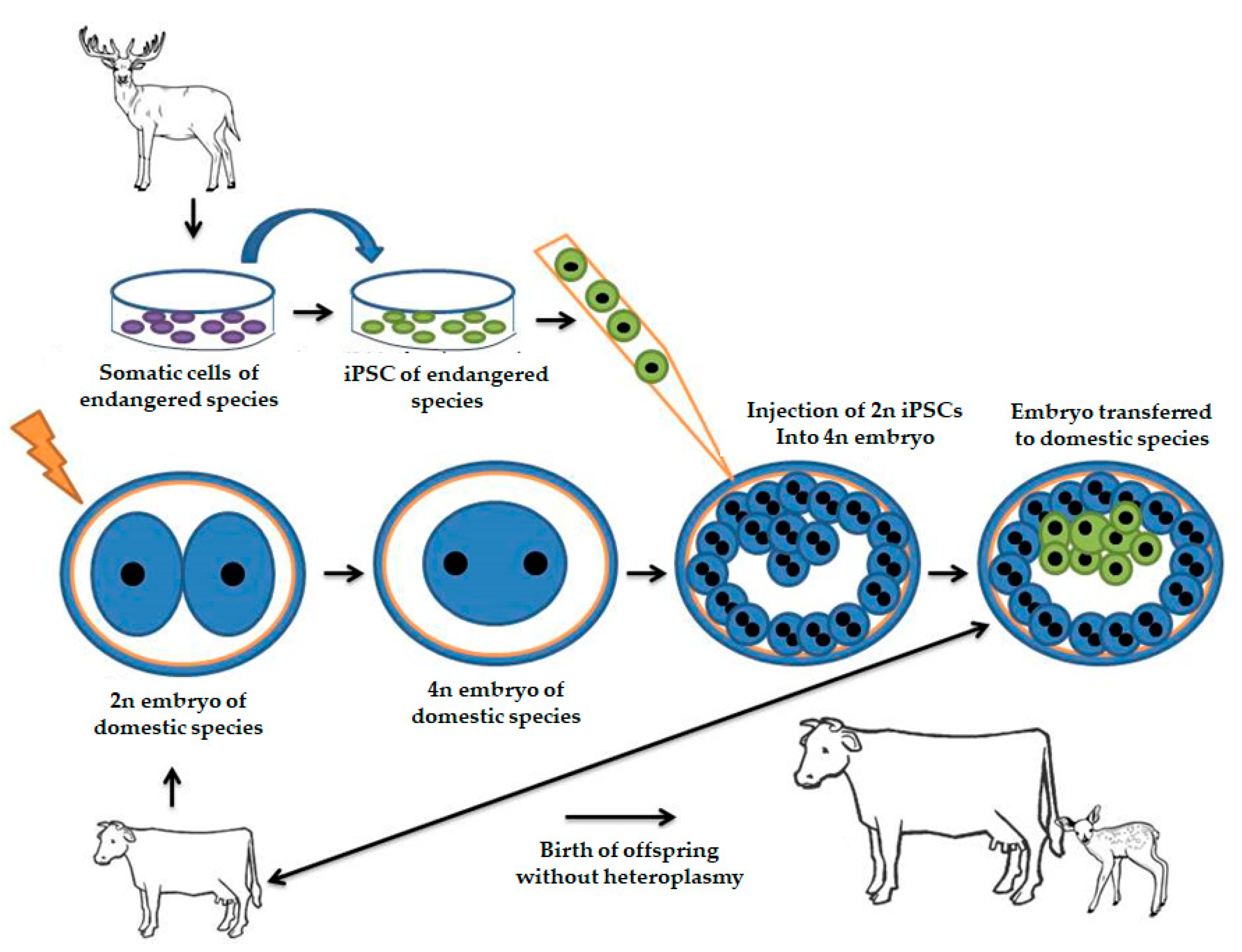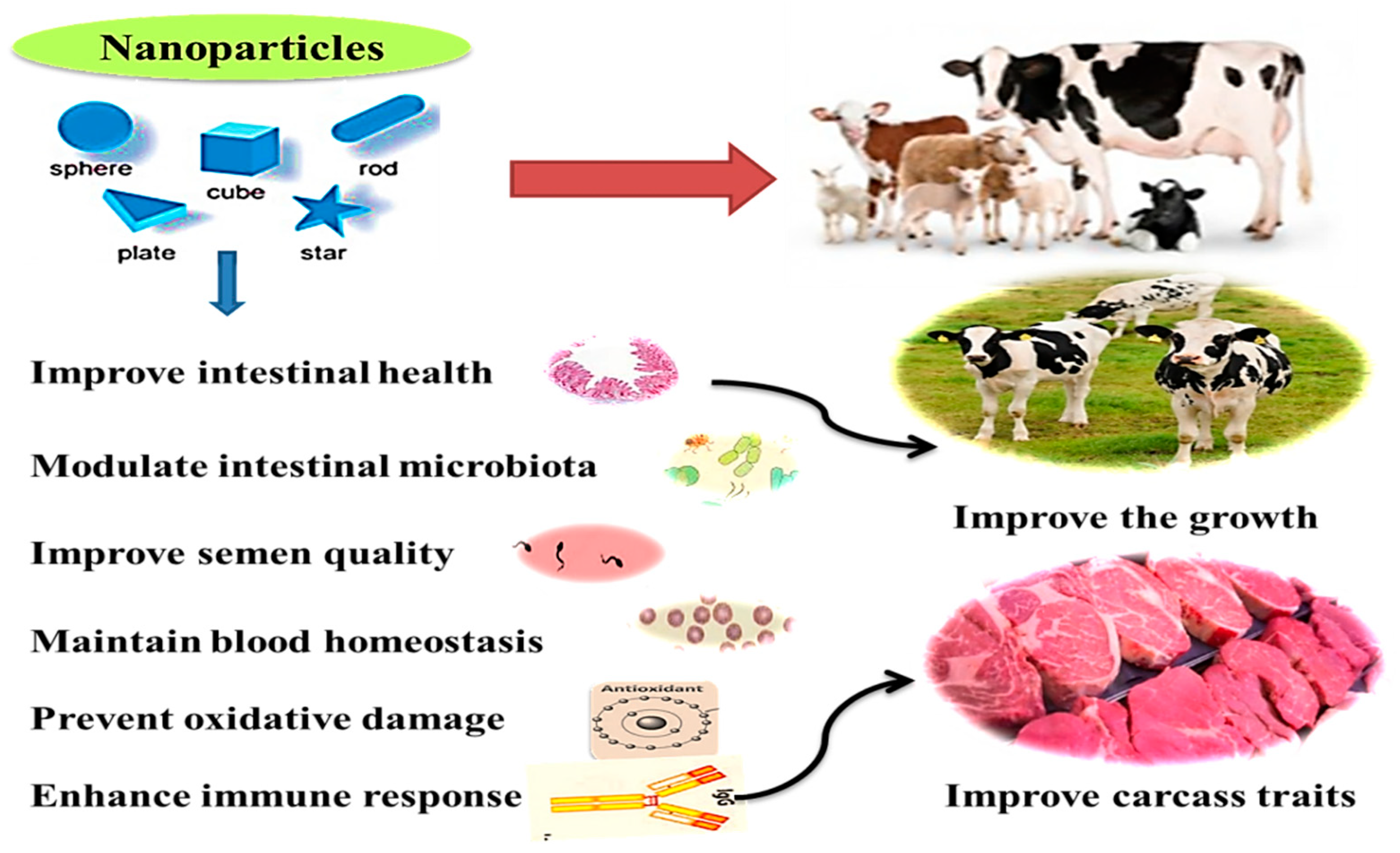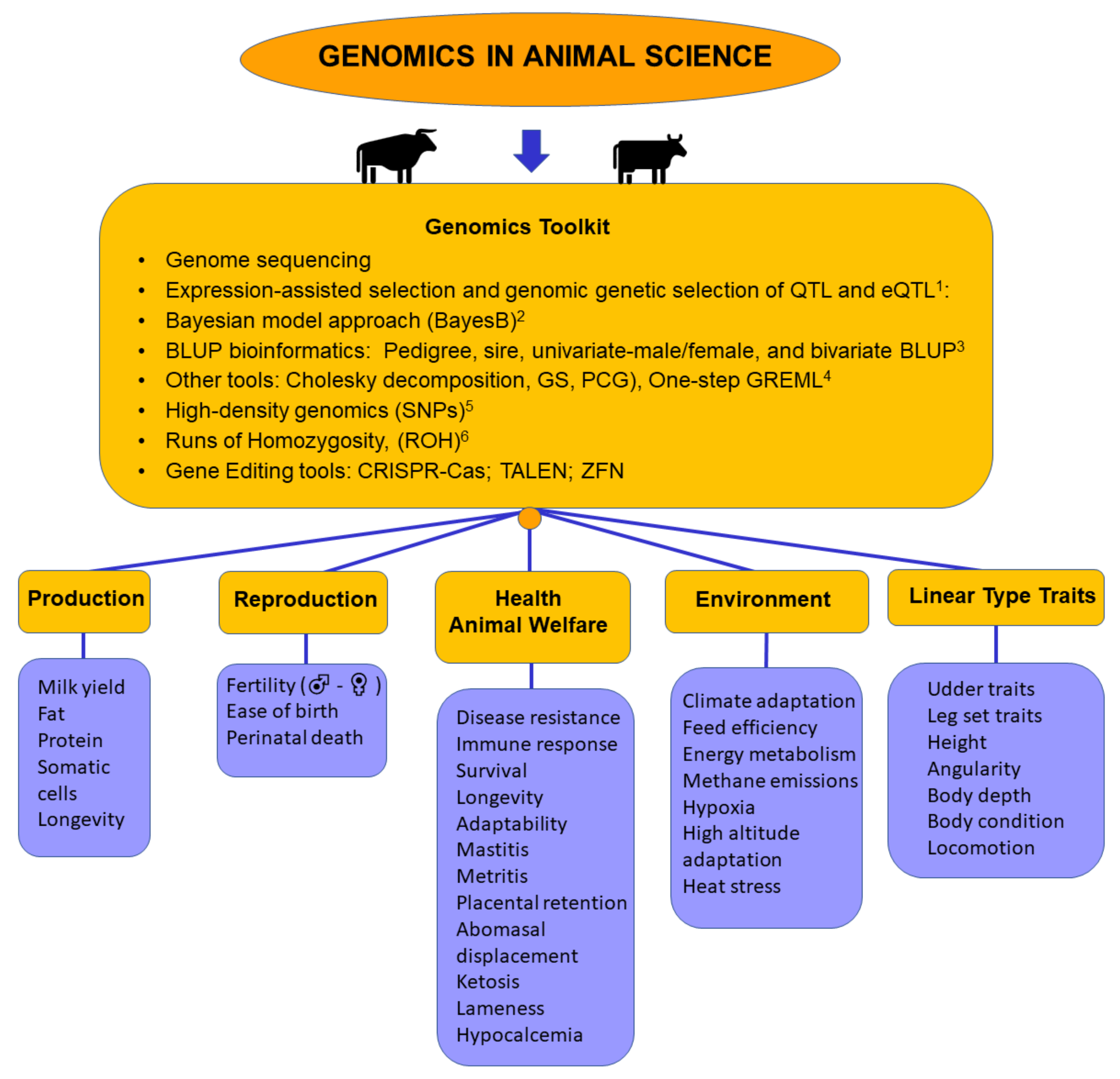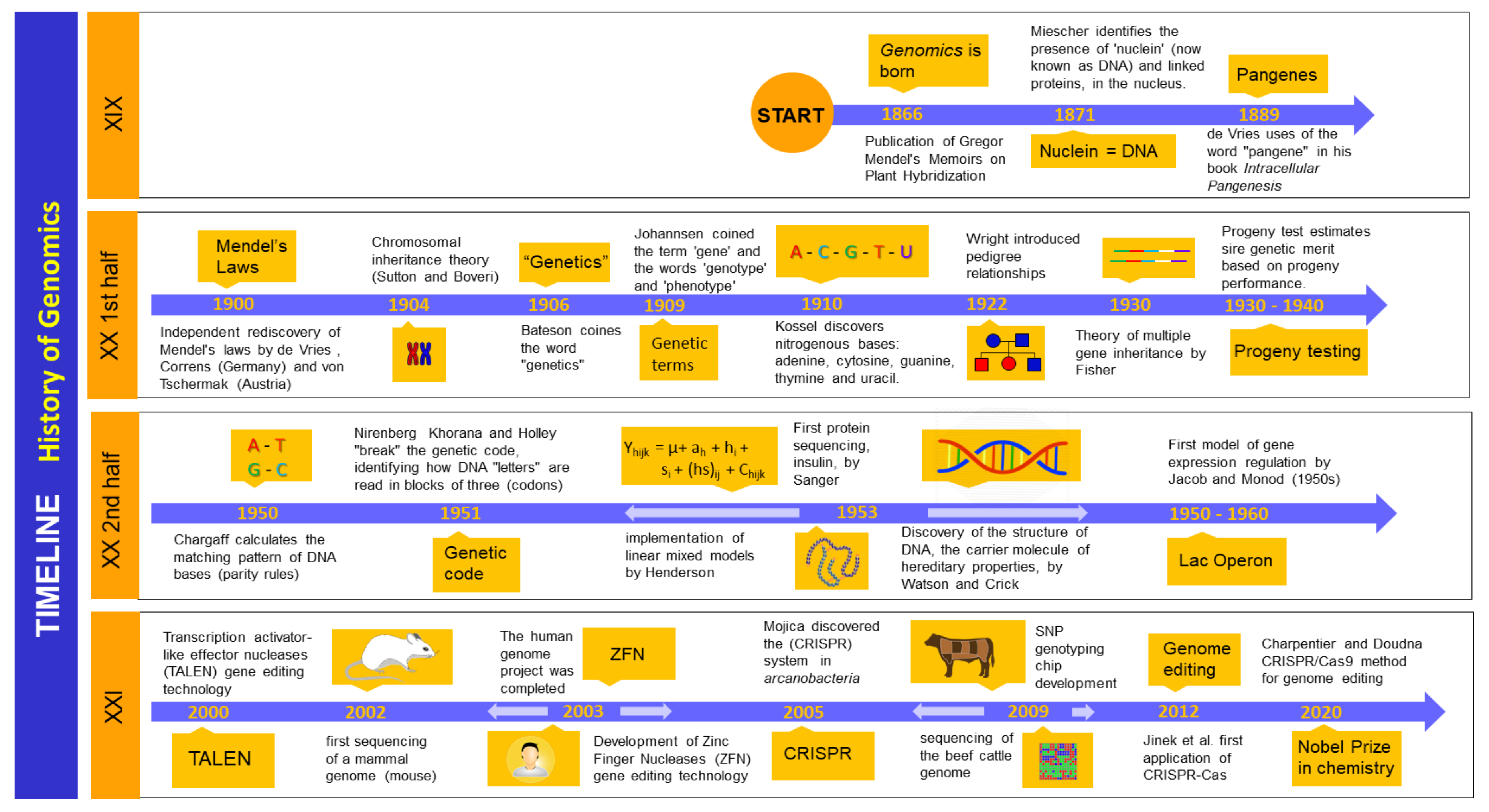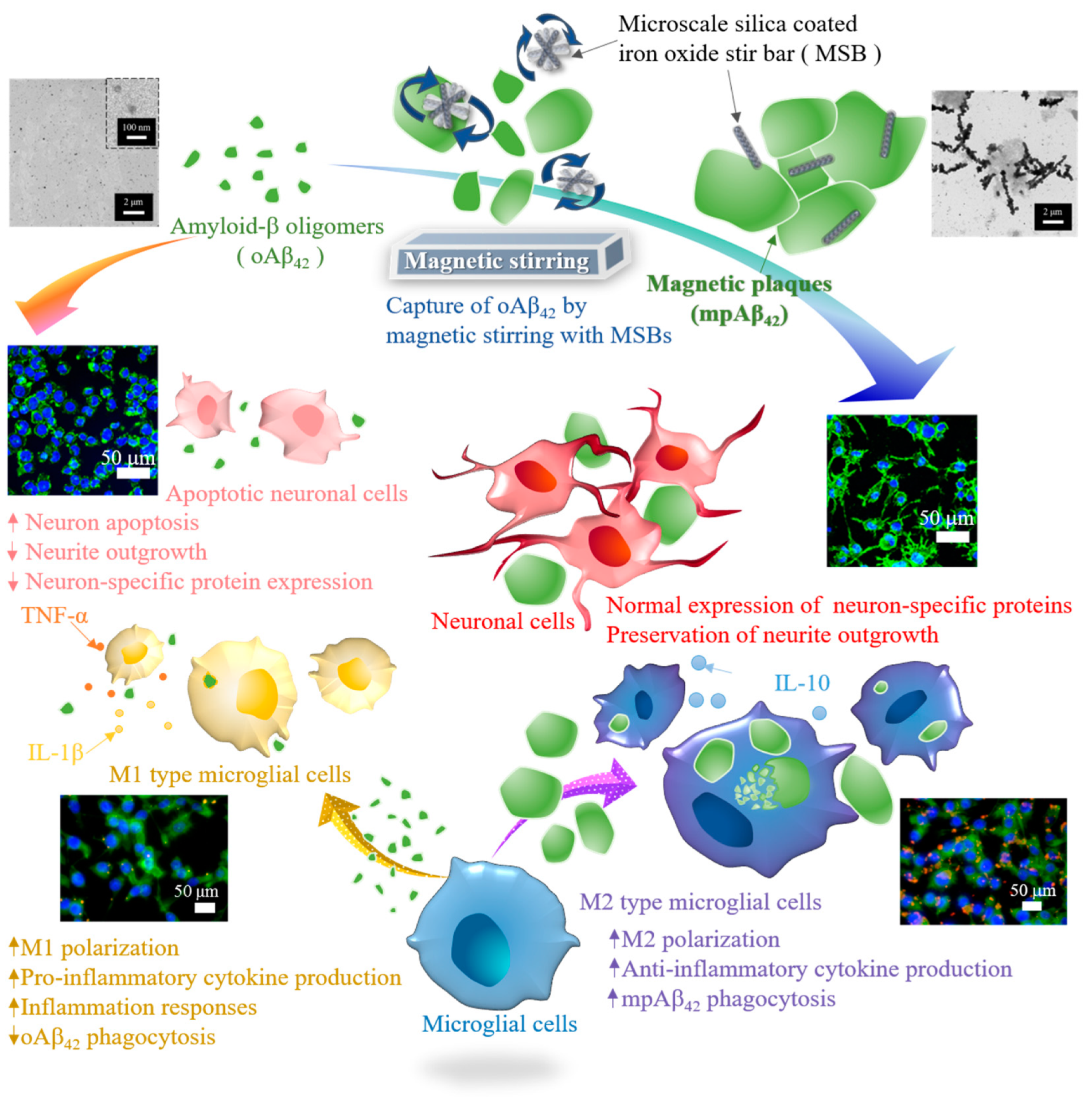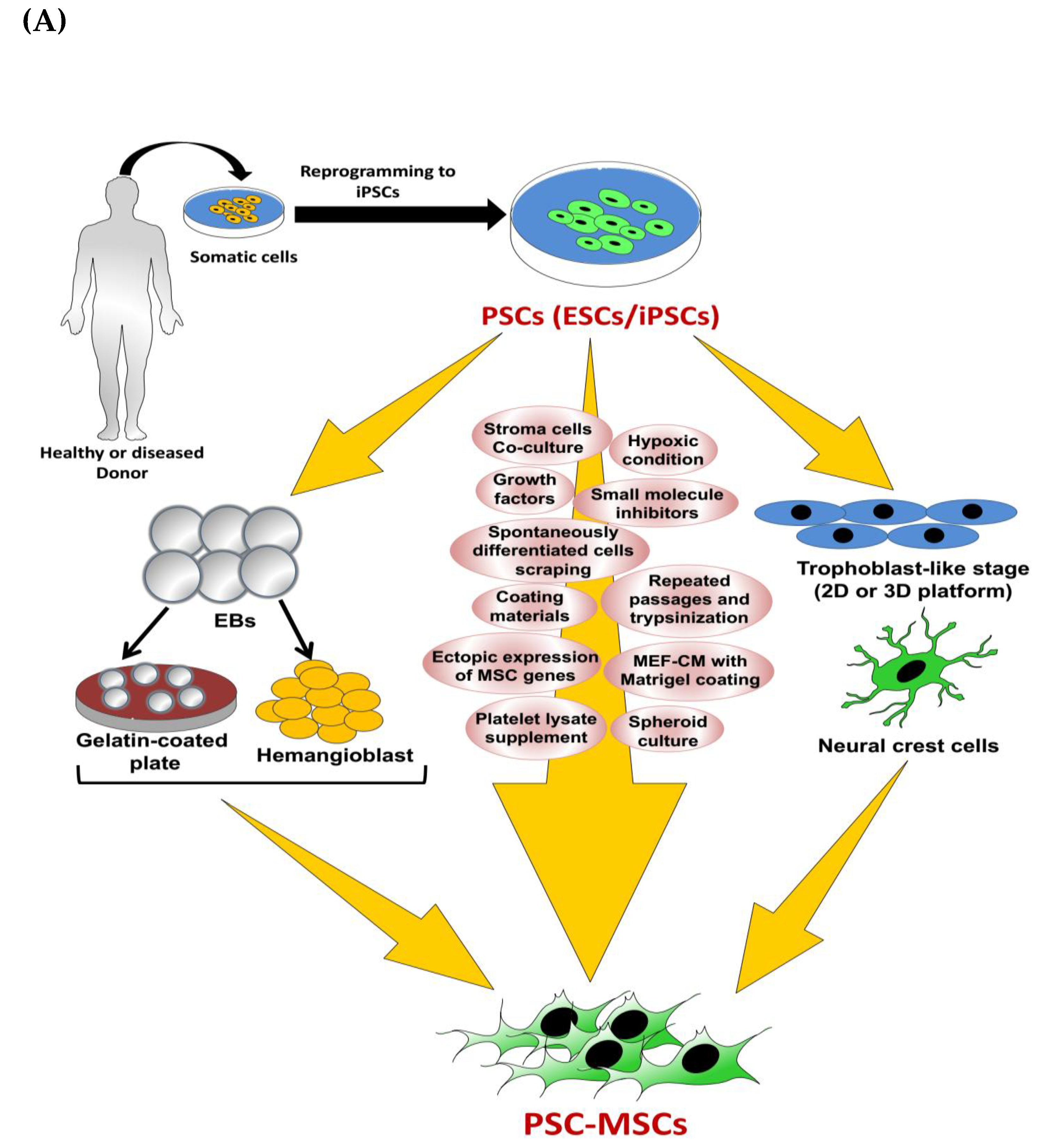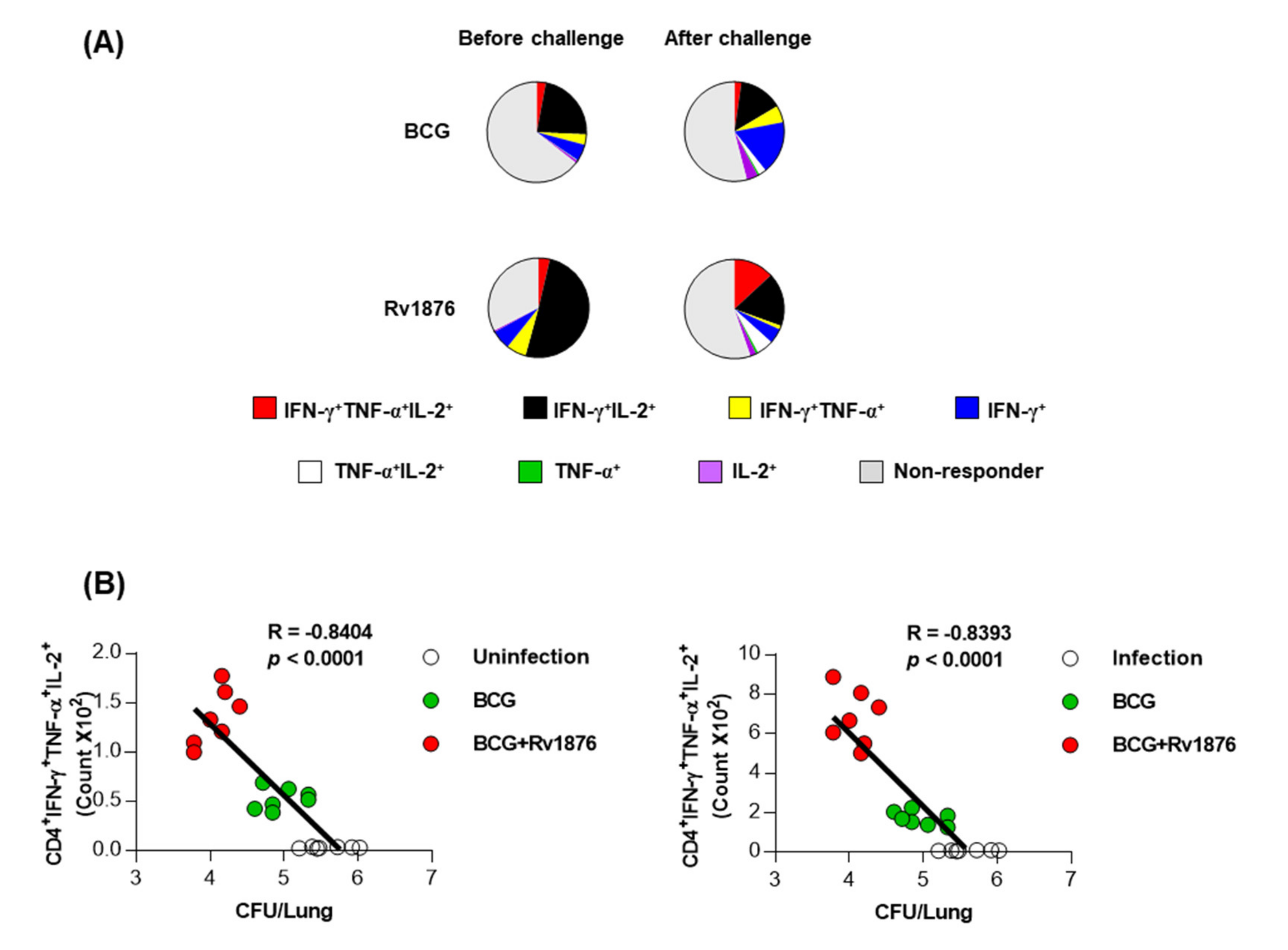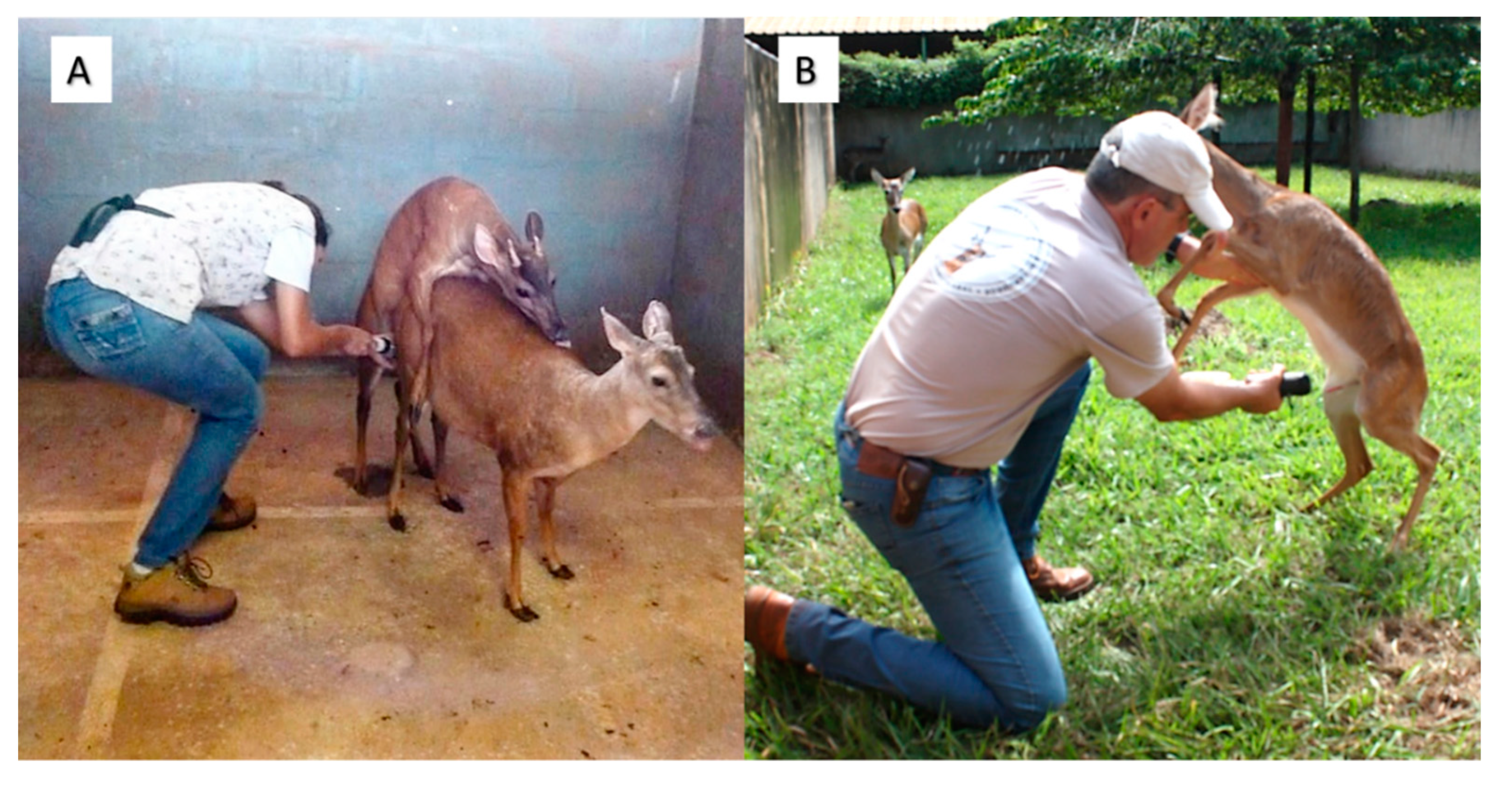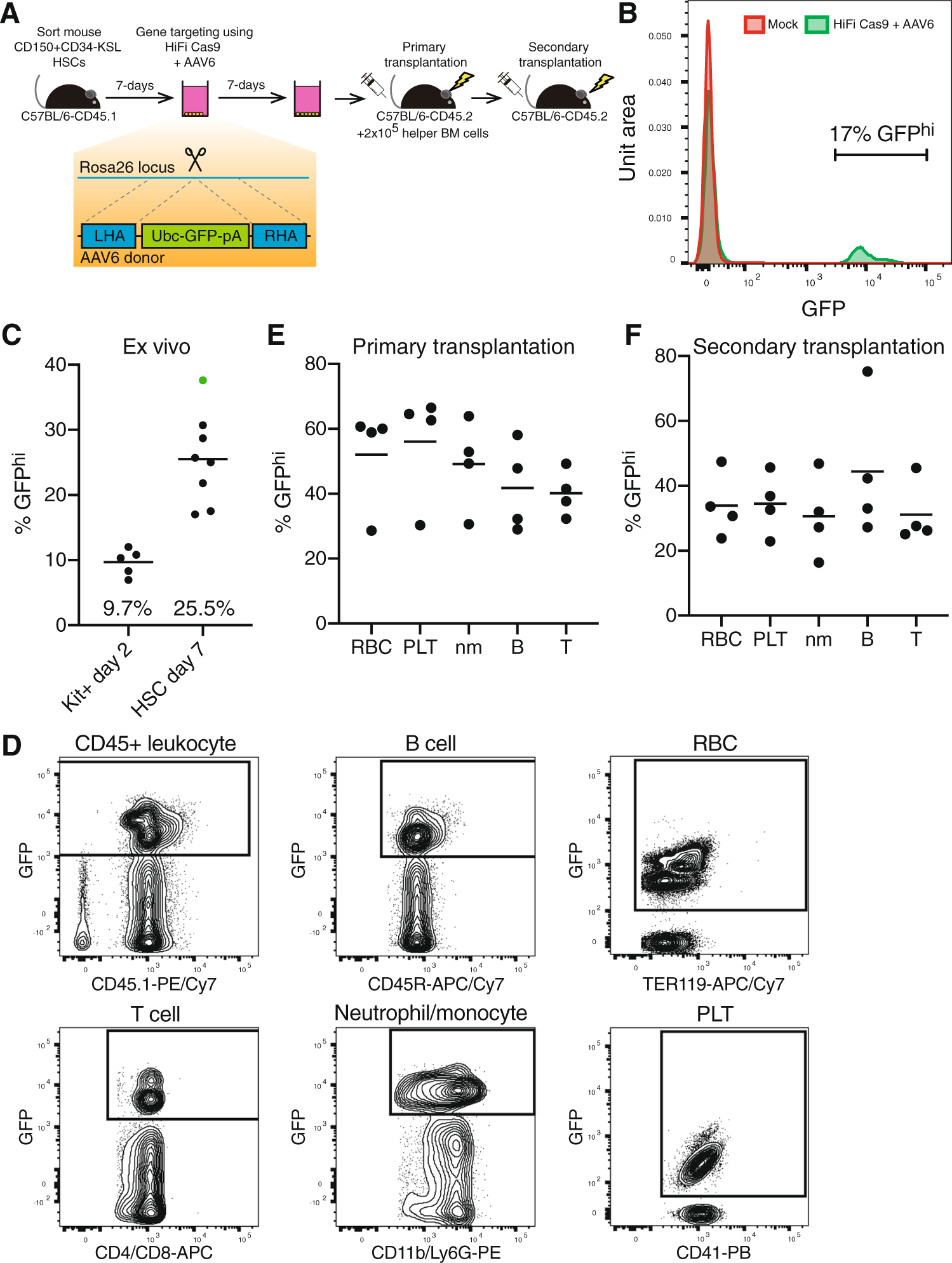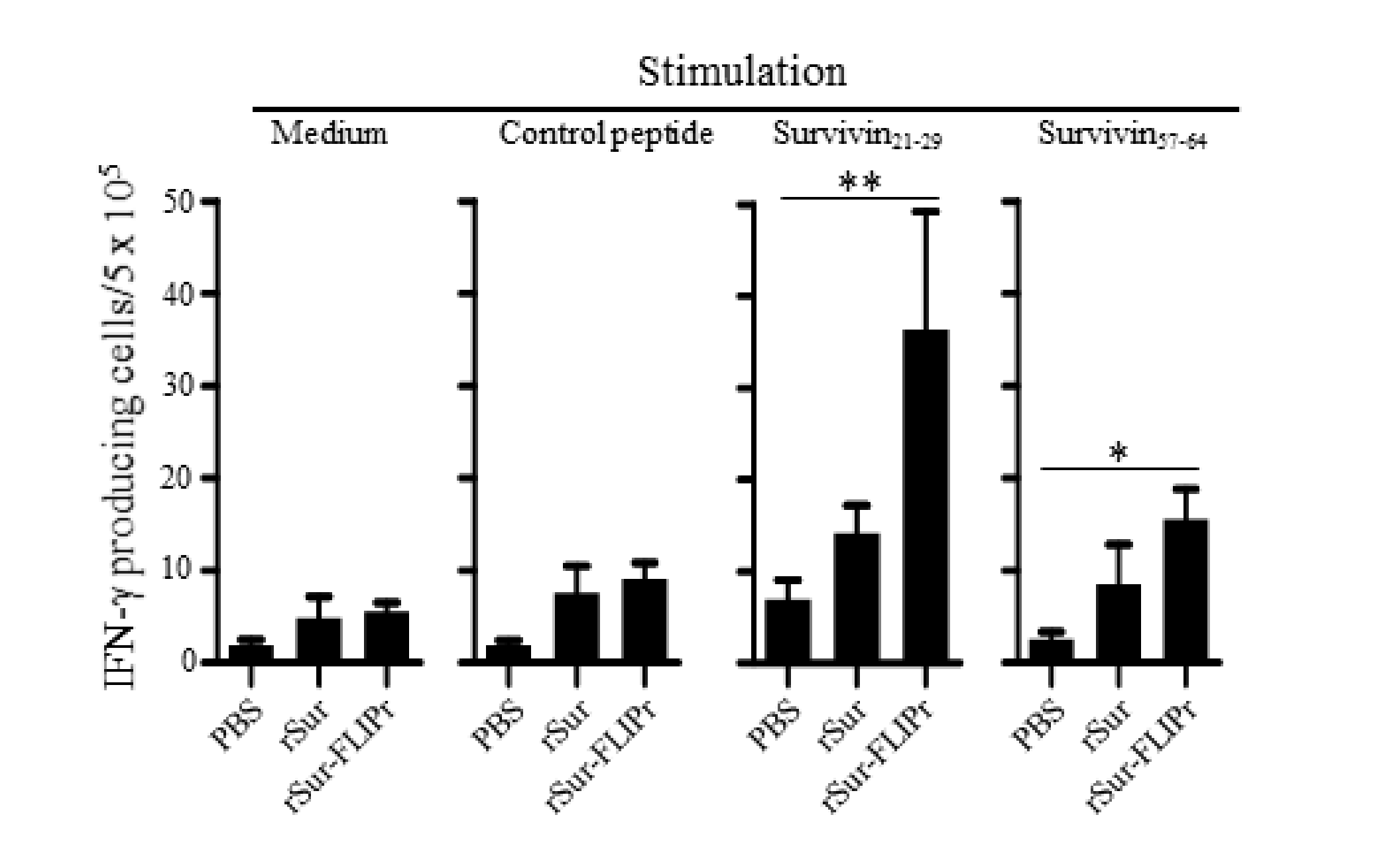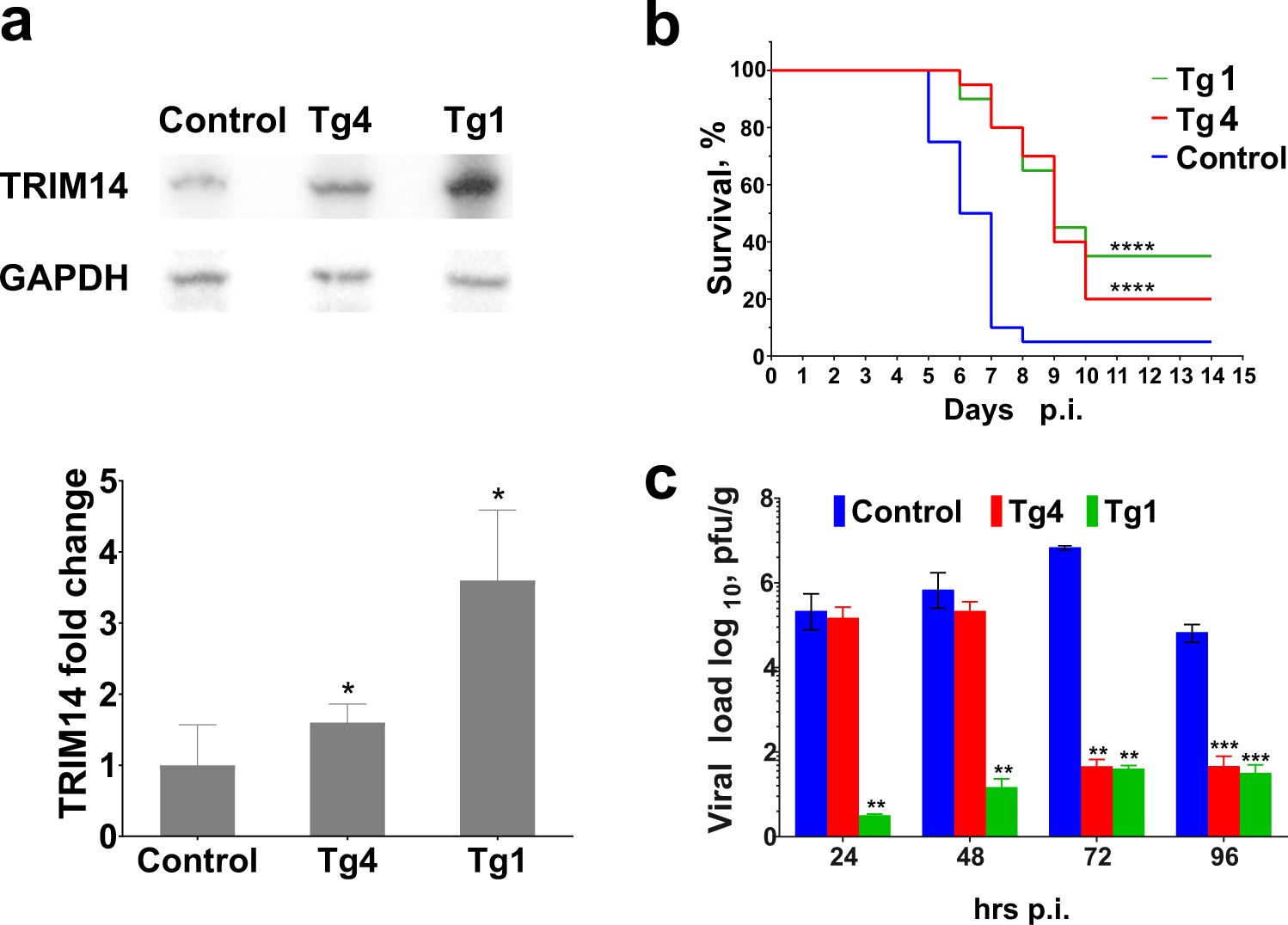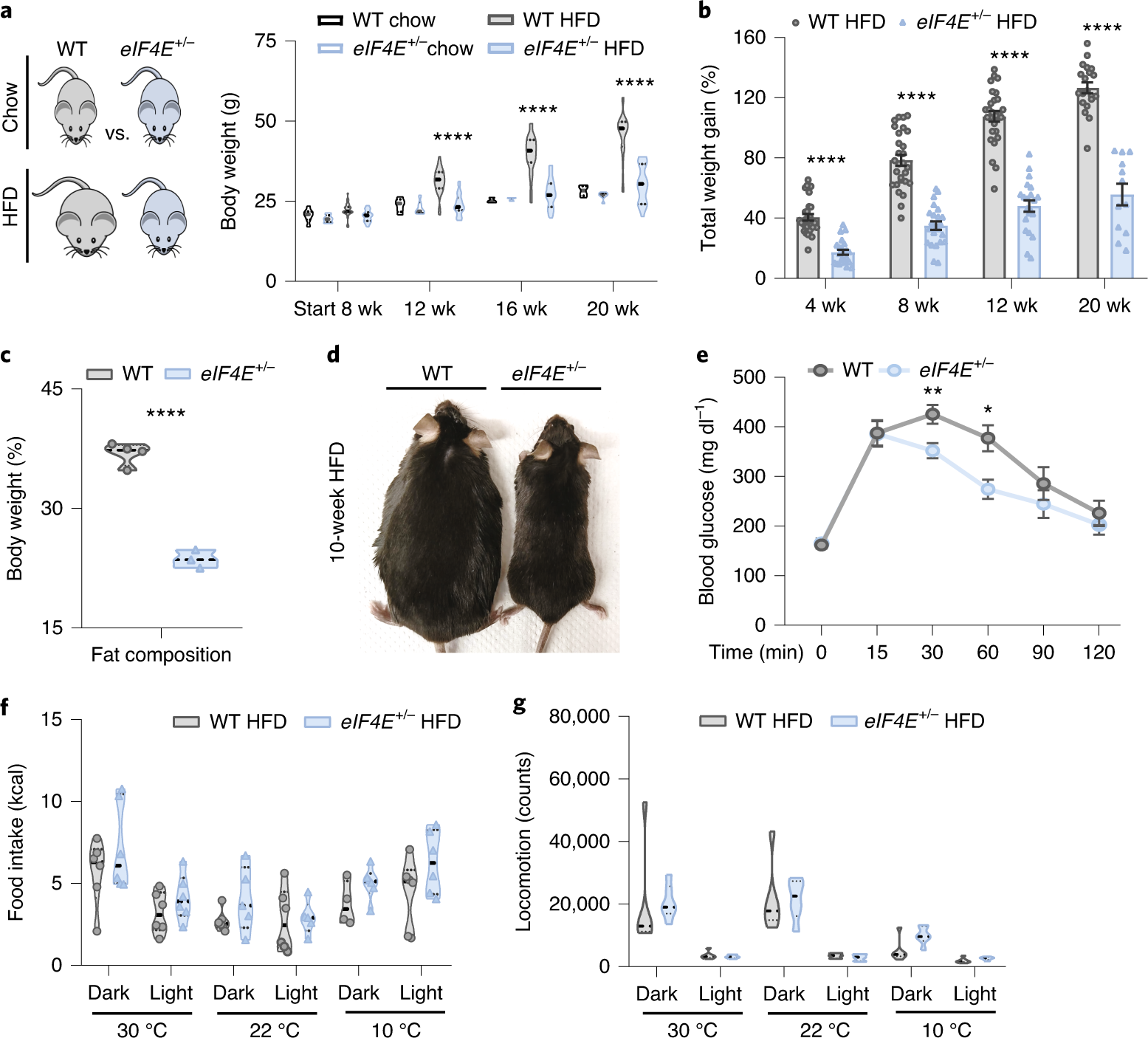Production Of Transgenic Animals Notes

Methods to produce transgenic animals.
Production of transgenic animals notes. ES cells are obtained from the inner cell mass of a blastocyst. Applications of Genetically modified animals. Transgene is incorporated into the ES cell by Microinjection By a retro virus By electroporation Transgenic stem cells are grown in vitro.
The three main ways of producing transgenic animals are pronuclear manipulation embryonic stem ES cell manipulation and. Transgenic animals are created-To study how genes are regulated and how they affect the normal functions of the body and its development. To yield industrial as well as consumer product To research human diseases To produce pharmaceutical products and tissue for implantation.
Example- Transgenic rats rabbits pigs sheep etc. Applications Of Transgenic Animals. The transgenic animals are created because of the benefits they provide to the man.
The medical and biotechnological uses of animal cloning are almost innumerable as many diseases have been eradicated thanks to the production of these transgenic animals. The transgenic expression is not only used to breed animals which have specific traits but also to breed animals that are lacking specific genes This technique is called as knockout or gene. Animals that have had their DNA manipulated to possess and express a foreign gene are known as transgenic animals.
Benefits of Transgenic Animals The benefits of these animals to human welfare can be grouped into areas. Let us discuss a few of them here. Transgenic animals can be created by manipulating embryonic stem cells.
The animals used for transgenic purpose naturally carry the mechanism needed to produce complex protein. Transgenic animals are being used to study gene mechanism and function to adapt pig organs to be transferred to humans to prepare recombinant pharmaceutical proteins in milk and egg white and to improve breeding and food production. Advantages of Transgenic Animals.
